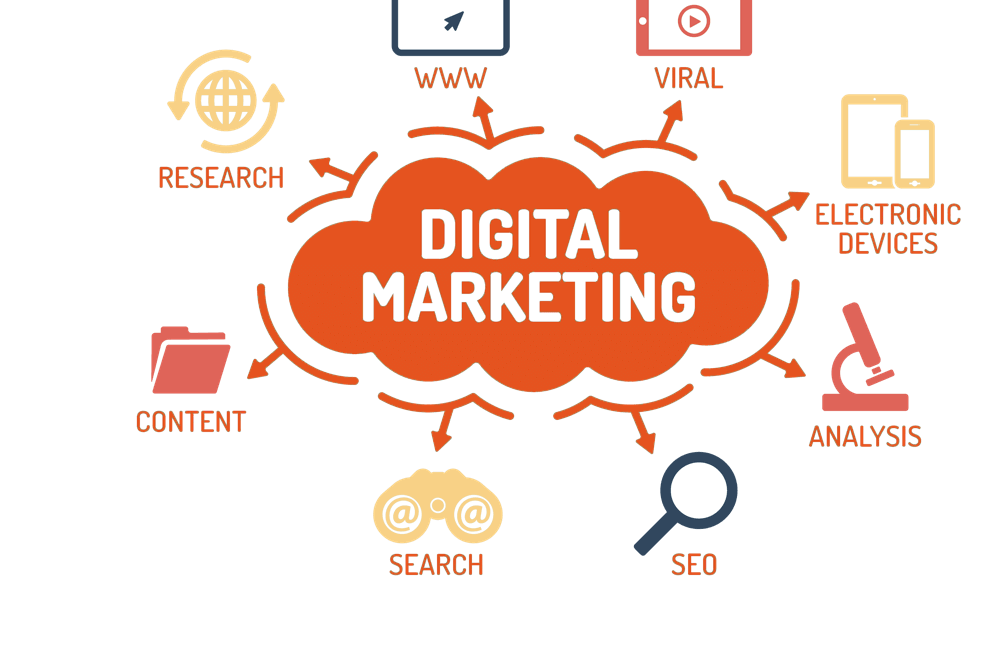India is the 3rd largest country in the world when it comes to the number of start-up company operations. More than 4750 tech-based companies operate in India, as per reports issued by NASSCOM.
However, one of the significant obstacles faced by these firms is obtaining finances for smooth operation on a daily basis. Credit generation is essential for funding the various types of working capital of a company.
Adequate working capital is essential to ensure the smooth manufacture of final goods of a business, effectively raising turnover and cash flow. Various aspects of production require an ample supply of different types of total working capital.
Different types of working capital required by a firm can be discussed as follows –
1. Gross working capital
Value of total current assets possessed by a company is represented through gross working capital. It includes cash in hand, inventory stock, short term investment proceeds, as well as accounts receivable by a business.
2. Net working capital
Networking capital refers to the total usable current assets possessed by a company. It is calculated by deducting the current liabilities from the assets present.
Net capital = Current assets – current liabilities
It reflects the extent to which a company can meet its short term obligations, thereby acting as a measure of its credibility.
Net working capital of a company is generally analyzed by potential investors to judge its capability of turning raw materials readily into finished products ready for sale. Working capital also helps a business stay agile.
3. Permanent working capital
Permanent working capital is the minimum current asset required by a business to ensure smooth operations. It provides stability to a company, as it fulfills the basic requirements facilitating stable operations. Permanent working capital can be present in business in the form of raw materials, bank balance, inventory levels, etc.
4. Temporary working capital
The level of temporary working capital required by a business fluctuates with the aggregate demand of its product in the market.
During times of high seasonal demand, the temporary working capital requirement of a company rises. This can be funded through Working Capital Loans provided by various financial institutions such as Bajaj Finserv.
The various types of working capital are essential for a business in the following aspects:
1. Availing loans are easier
Having a high working capital balance ensures an NBFC that the business is credible. This allows the company to avail of high-value loans at relatively lower interest rates.
Additionally, during seasonal fluctuations when the requirement for such funding rises, you can procure working capital loans to finance increased production.
Another reason why you should avail a working capital loan to fund business operations is that it has several added benefits such as flexible-loan facility, ensuring interest payment on only used funds.
This reduces the EMI burden on individual entrepreneurs, facilitating the higher generation of profits.
You can easily apply for such loans from any NBFC by producing the following documents:
- Age proof indicating that an individual applicant lies with the age bracket of 25-55.
- Proper documents of the business demonstrating its financial condition should be submitted. This can be done by furnishing profit and loss and balance sheet statements for the past three years.
2. Growth rate
A business having adequate net working capital implies that it can effectively turn raw materials into finished products rapidly. These companies exhibit sound management and equipment usage, thus proving that it can expand tremendously in the future.
Also, high production capacity indicates substantial revenue generation, leading to higher profit realization rates.
Sufficient working capital available at the disposal allows a company to churn out quality products. This, in turn, maximizes profits of an entrepreneur, ensuring substantial wealth creation and a raise in his/her per capita income.
Conclusion:
Working capital has seen rising demand, especially for MSMEs. As many as 1,700 big and small enterprises falling under this category faced a widening gap since the year 2015.
The increasing requirement for WC was recorded at 13% for manufacturing companies and 16% for those operating in the service sector. As businesses need optimum funds to meet their day-to-day financing requirements, its shortage can hamper a business’s operational efficiency.
Enterprises facing this shortage thus need to look for funding sources that sufficiently meet this requirement to ensure that the business never runs out of working capital. A working capital loan is one such funding option that allows you to meet your business’s operational requirements with ease. From managing sales fluctuations to improving cash flow and bridging payment delays, these high-value finances help fulfill operational requirements.
Term loans for businesses are also available with attractive features and benefits. As the financing is not limited to fulfilling the WC requirement, you can also utilize them to meet other funding needs.




